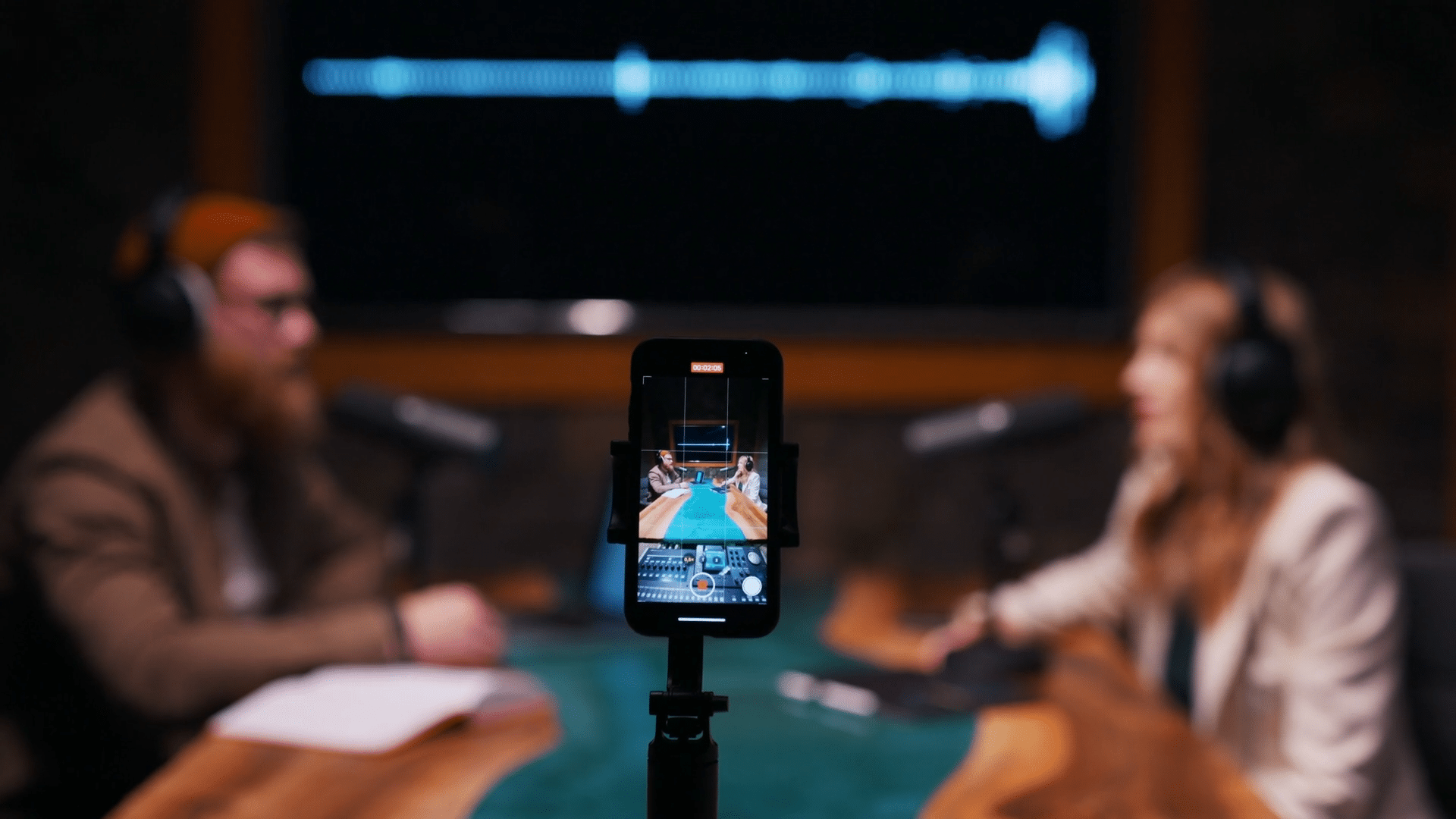
How to Start a Podcast: A Beginner's Guide to Creating Your Own Show
Podcasting has become one of the most popular and accessible ways to share content with an audience. Whether you want to dive into storytelling, discuss niche topics, or share your expertise, starting a podcast is a fantastic way to engage with your listeners. But how do you get started? Here's your step-by-step guide on how to start a podcast.
1. Define Your Podcast Concept
The first step in creating a podcast is defining your concept. What will your show be about? This is your opportunity to narrow down your niche, so choose something you're passionate about and that has a potential audience. Consider these questions when defining your podcast concept:
What is the purpose of your podcast? Will you educate, entertain, or inspire?
Who is your target audience? What topics will resonate with them?
What makes your podcast unique? Think about what sets you apart from other podcasts in your niche.
Taking the time to answer these questions will help you create a clear vision for your show, which is essential for growth and engagement.
2. Choose a Name for Your Podcast
Your podcast name is the first impression potential listeners will have of your show, so choose wisely. Make sure it’s catchy, memorable, and reflects the theme of your podcast. Additionally, consider searching podcast directories to ensure your name isn't already taken. A unique and search-friendly name will also help people find your show more easily.
3. Get the Right Equipment
Having the right equipment is crucial for producing a professional-quality podcast. At a minimum, you’ll need:
A microphone: Invest in a good-quality microphone to capture clear audio. USB microphones like the Audio-Technica ATR2100x or the Blue Yeti are excellent choices for beginners.
Headphones: A good pair of headphones will help you monitor your audio during recording and editing.
Audio Interface: If you choose an XLR microphone, you’ll need an audio interface to connect it to your computer.
Recording Software: There are several free and paid software options available, such as Audacity (free) or Adobe Audition (paid). Choose one based on your experience and preferences.
While top-tier equipment is important, remember that content is king. Focus on producing high-quality content, and your audience will appreciate it, even if the audio isn’t perfect at first.

4. Create Your Podcast Episodes
Once you have the right equipment, it's time to create your episodes. Here are some tips to help you craft engaging episodes:
Plan your content: Create an outline for each episode to stay organized and ensure your message is clear.
Keep it conversational: Even if you’re providing educational content, aim for a conversational tone that is easy for listeners to follow.
Edit for clarity: Remove unnecessary pauses, filler words, or background noise during editing to ensure your podcast flows smoothly.
Be consistent: Set a regular release schedule for your episodes, whether it's weekly, bi-weekly, or monthly.
The more episodes you produce, the more comfortable you’ll become with your format and style.
5. Host Your Podcast
To share your podcast with the world, you'll need to host it on a podcast hosting platform. Hosting services store and distribute your podcast to directories like Apple Podcasts, Spotify, and Google Podcasts. Some popular podcast hosting platforms include:
Libsyn
Anchor
Buzzsprout
Podbean
These platforms offer various plans, so choose one based on your budget and needs. Most platforms also provide analytics so you can track your audience’s engagement and growth.
6. Publish and Promote Your Podcast
Once your podcast is hosted, it’s time to publish your episodes and promote them. Here are some ways to get the word out about your show:
Submit your podcast to directories: Submit your podcast to popular directories like Apple Podcasts, Spotify, and Stitcher to reach a wider audience.
Promote on social media: Share your episodes on platforms like Instagram, Twitter, and Facebook to drive traffic and engage with listeners.
Collaborate with other podcasters: Guest appearances or cross-promotions with other podcasters in your niche can help you expand your reach.
Create a website: A website for your podcast allows you to have a home for show notes, transcripts, and additional resources. This also improves your search engine visibility.
7. Engage with Your Audience
The final step to building a successful podcast is engaging with your audience. Respond to comments, ask for feedback, and encourage listeners to leave reviews. Building a loyal audience requires consistent interaction and a genuine connection with your listeners.
Final Thoughts
Starting a podcast might seem daunting at first, but by following these steps, you can launch a podcast that not only sounds great but resonates with your audience. Remember, consistency and passion are key. Over time, your podcast will evolve, and you'll find your voice and unique style. So, grab your microphone, and start recording—your podcasting journey begins now!
This beginner’s guide outlines the essential steps for starting a podcast and optimizing it for success. From defining your concept to promoting your episodes, these tips will help you launch your podcast and grow your audience effectively.
